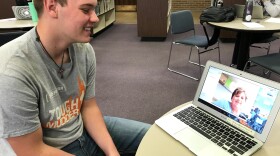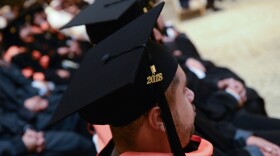This week, the Department of Education released results from the 2018 statewide assessments, along with the academic growth summary, providing some insight on how students, schools and districts are doing compared to their cohorts.
About 550,000 third through 11th grade students were tested last spring. Depending on a student's grade, they took one or two of several different Colorado Measures of Academic Success, or CMAS, assessments, including English language arts, math and social studies. 11th graders took the SAT, which serves as the state's college entrance exam.
For the first time ninth graders took the PSAT instead of the English language arts CMAS. This led to a 93.8 percent participation rate, which is an increase of almost 20 percent from the year before.
Joyce Zurkowski, chief assessment officer for the Colorado Department of Education, said there's a reason for the uptick in participation.
"I believe that students and parents are recognizing the relevance and importance of the PSAT test more easily than they were seeing the relevance with the CMAS assessment," she said.
The 2018 assessment results showed improvements on CMAS English language arts assessments and fifth-grade math while 10th-grade PSAT results remained steady. On the SAT, 11th-graders averaged the same scores in evidence-based reading and writing and math as in 2017.
The data also shows large achievement gaps persist between races and ethnicities, gender, and students that receive free or reduced lunch or are designated for special education.
But Zurkowski said districts that have closed those gaps can provide useful information.
"The department intends to continue to investigate - what are the strategies, practices, programs, approaches, that those schools and districts are engaged in that is leading to that higher achievement, that is leading to that narrowing of the gap?" she said. "And then disseminate, share that information more widely across the state."







